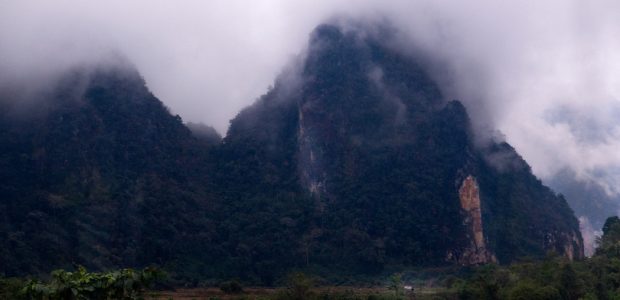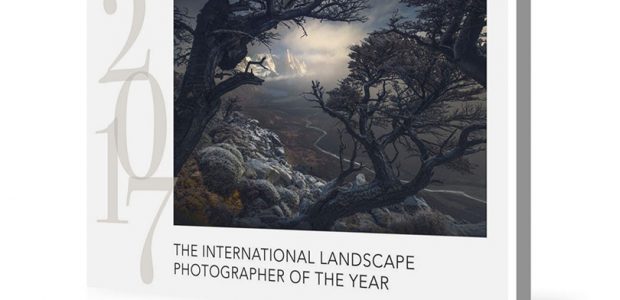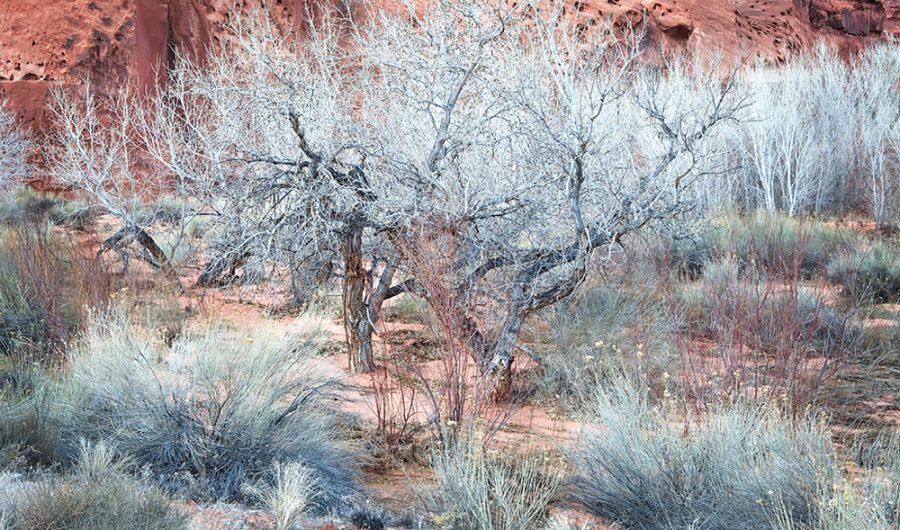

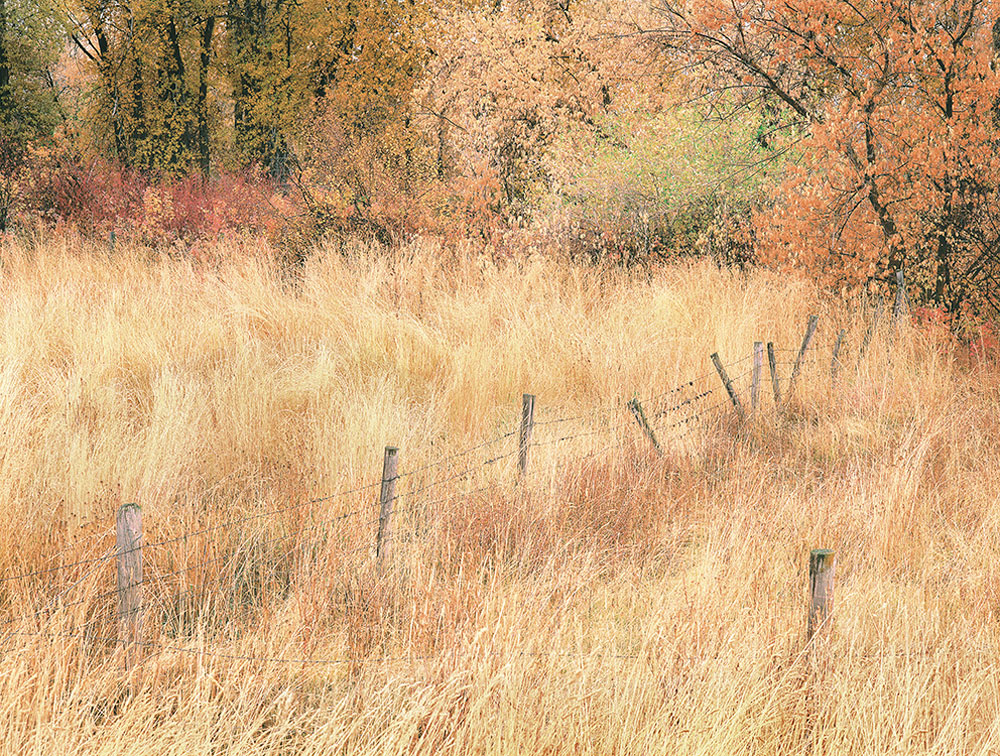
“Imagery is the natural language of our soul… it is the projection of our very essence. It is a gallery of portraits in our hearts that show us who we are. Imagery is the keeper of dreams; memories, ideas, visions and hopes. Imagery is the window into our soul. Imagery and feelings are twin souls, as they live for and in each other”
The concept of “seeing” is nothing new in the art of photography, but it seems to have increasingly become the focus of more and more books, seminars and topic discussions. As I perceive it: looking is observing something, “Seeing” is experiencing that which is observed at a deeper, more metaphorical and existentially meaningful way. That said, one can hardly read photography blogs or online comments by photographers bemoaning the fact that “all of the great new locations are now traveled to and being photographed by everyone, and there’s no new places anymore” … Patagonia and Iceland premier among them. This always reminds me of the famous insight by photographer and educator, Freeman Patterson who stated: “If you can’t see what’s all around you everyday, what will you see when you go to Tangiers?”. Likewise, I’ve always believed its not where you go, its what you “see” wherever you happen to be. Or as Ernst Haas said: “I am not interested in shooting new things, I am interested to see new things”.
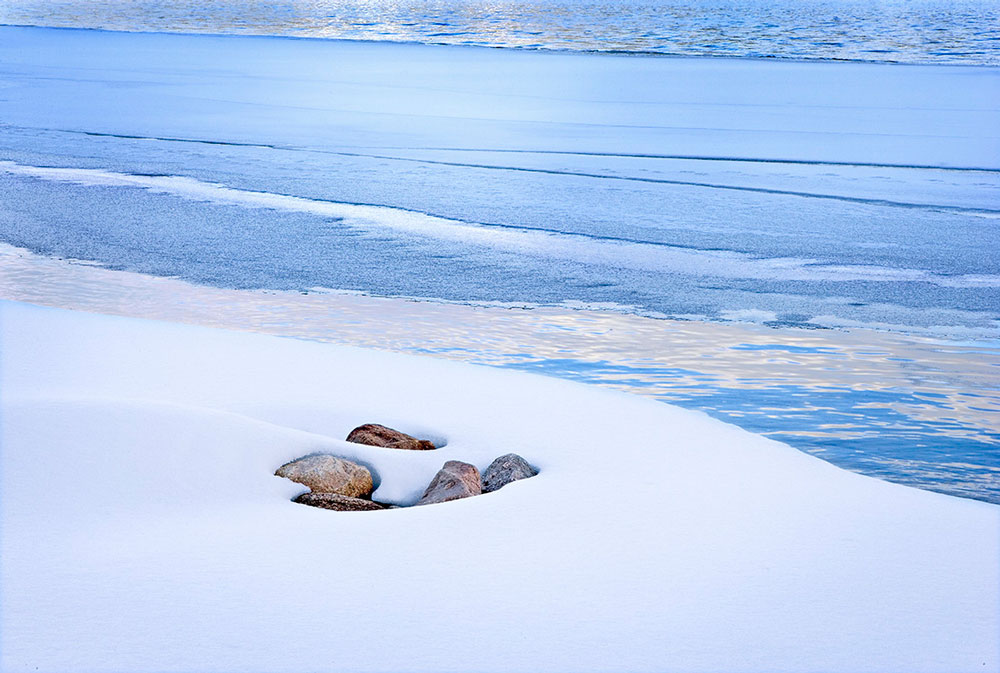
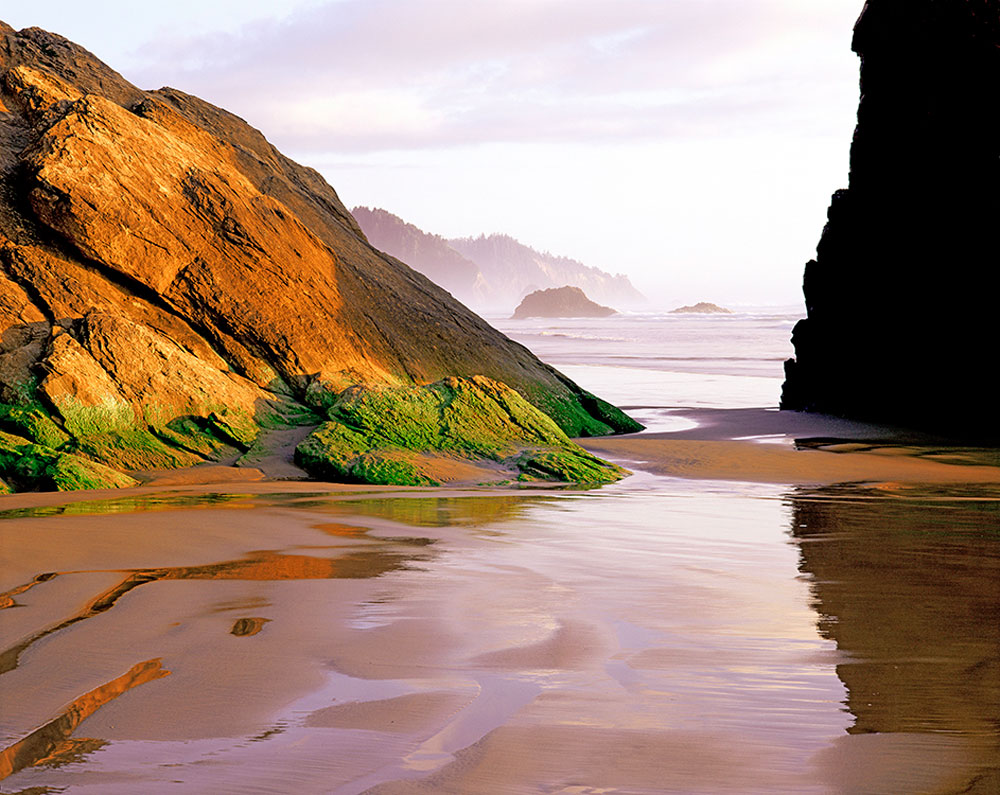
“Of Nature itself upon the soul; the sunrise, the haze of autumn, the winter starlight seem interlocutors; the prevailing sense is that of an exposition in poetry; a high discourse, the voice of the speaker seems to breathe as much from the landscape as from his own breast; it is Nature communing with the seer.”
Ralph Waldo Emerson
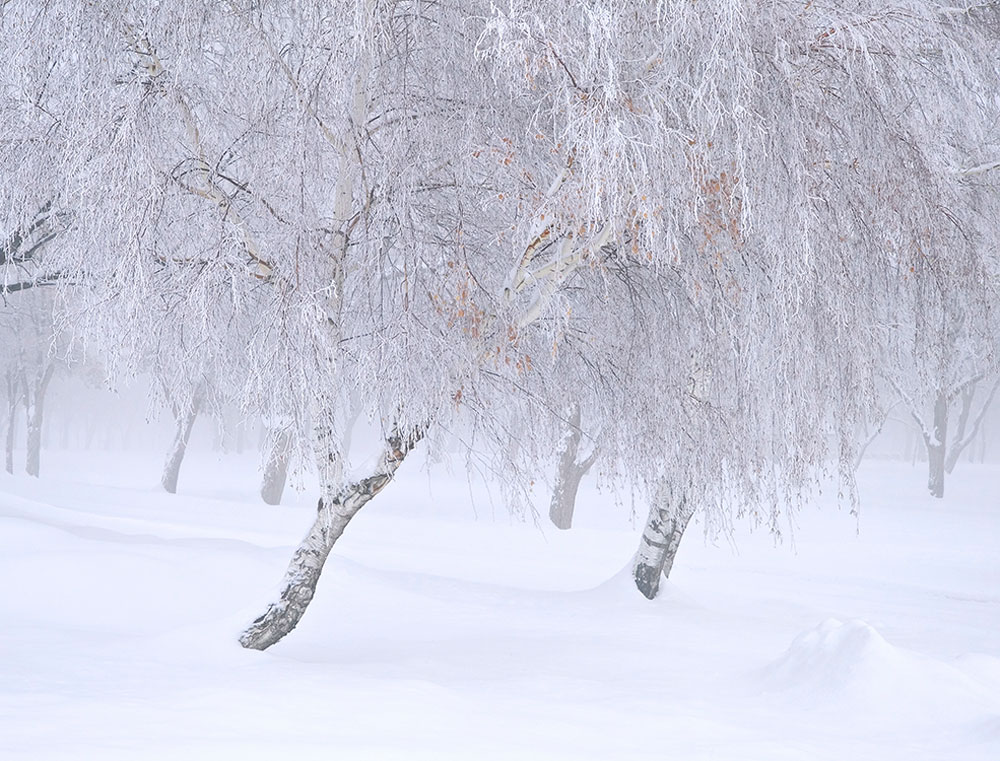
Thus does Emerson awaken us to that deepest urge within us, to become one with the landscape … the art, engagement and practice of mindful awareness.
The Beauty of Our Nakedness
“We do not see things are they are, we see things as we are”
Anais Nin
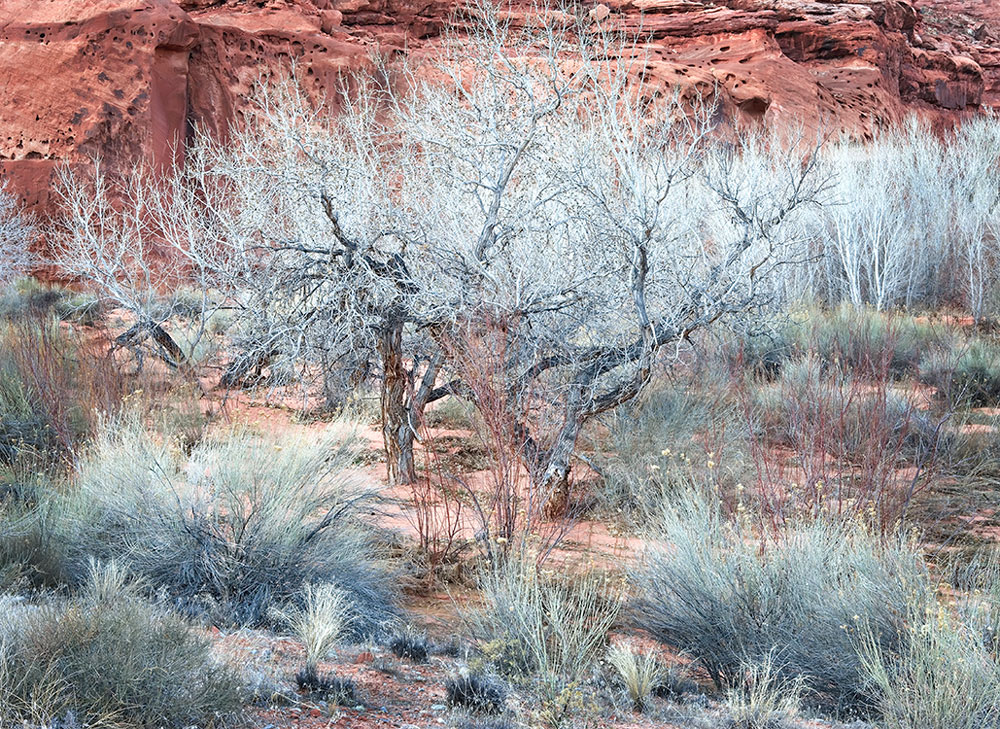
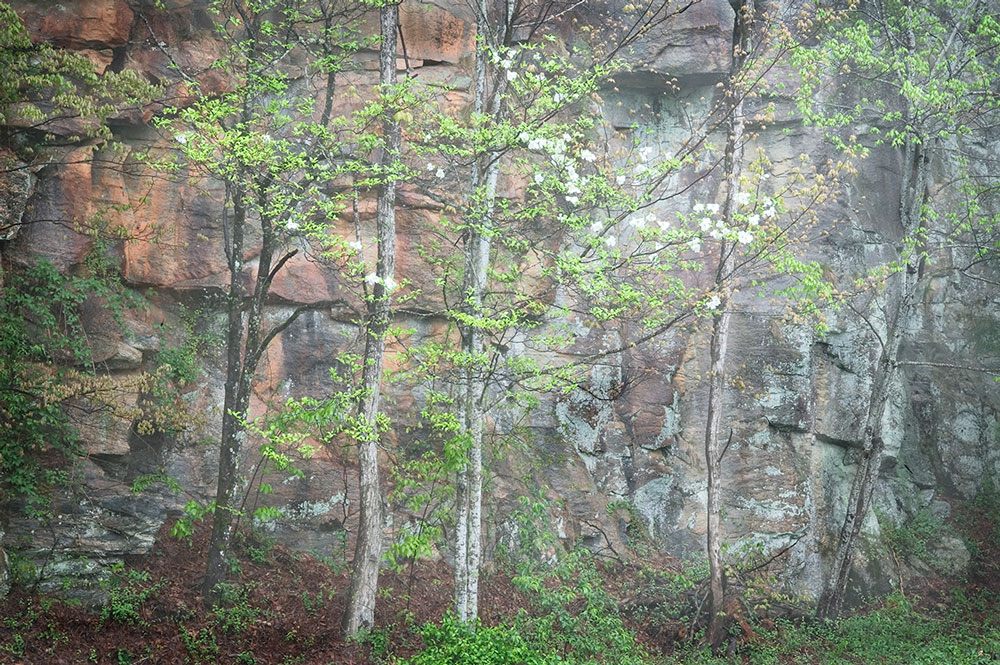
A Visual Symphony
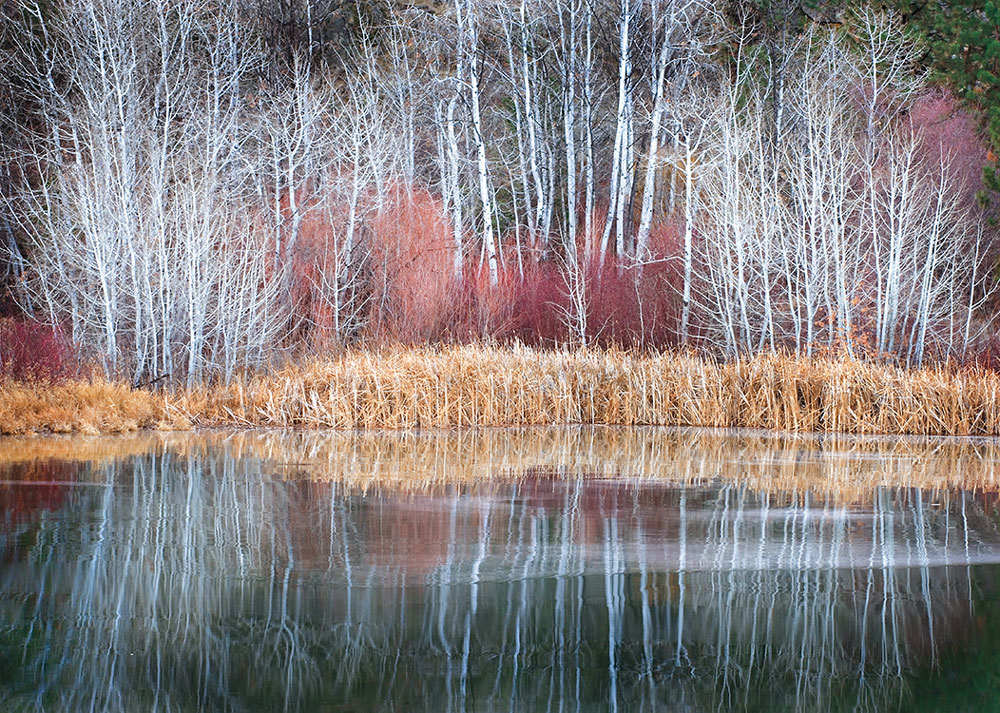
A few summers ago I did a photo shoot in the North Central part of Washington State. I returned to one of my favorite locations, the Grand Coulee, just south of the Grand Coulee Dam. Pulling onto a bluff above Park Lake near Sun Lakes State Park, I found a rather stunning visual below me. From this high angle, the water presented itself in a marvelous variety of hues of teal and light gold. Reeds, rising up out from below the surface, were scattered about, the water gently undulated amongst them from a very slight breeze. I set up my camera and began to consider how I was going to capture this scene. After a few moments, I stopped thinking about what I was doing and became completely lost in the moment, mesmerized by this elegant ballet unfolding before my eyes, the waves dancing gracefully with the reeds as they moved them to and fro. Then an impression emerged, the waves were no longer moving water, they were but stands of a hair on a bow, moving across the reeds, like the strings of a violin, exciting them to sing . . . music I could see, playing right before my eyes . . . a literal “visual symphony”.
Driving away minutes later, with gratitude in my heart and a smile on my face, I gave it a rave review, thinking that, I too, by virtue of my witness to this place in time, am a part of this cosmic performance, this dance available only to those who have eyes to see it. For real seeing is far more than just looking at the landscape, its “Being” part of and consciously participating in the landscape that you, have in one way or another, chosen to place yourself in, or yes, even co-create.
The Oneness of All Things
“We live in succession, in division, in parts, in particles. Meantime within man is the soul of the whole; the wise silence; the universal beauty, to which every part and particle is equally related; the eternal ONE. And this deep power in which we exist and whose beatitude is all accessible to us, is not only self-sufficing and perfect in every hour, but the act of seeing and the thing seen, the seer and the spectacle, the subject and the object, are one.”
Ralph. Waldo Emerson
Although it was only a year ago I came across this Emerson quote about the real nature of reality, it was over twenty years ago that this truth was revealed to me in a most transcendent and life-changing experience. I had driven my girlfriend at the time up to a hospital on First Hill in Seattle to drop off x-rays to a surgeon of one of her patients. I had parked the car facing a sweeping view of all of downtown Seattle and Elliot Bay beyond. It was a rather depressing, gray, early December day and not inspiring in the least. As such, not thinking of anything in particular, for some reason my gaze seemed to focus itself in the area of central downtown with the cluster of the tallest buildings. In a most eerie, almost sci-fi fashion, the buildings and I seem to be draw ever closer together as if a cine lens was zooming us together. Suddenly, almost instantaneously, I experienced the buildings and myself becoming one and the same … steel, glass, brick and mortar… flesh, bone and blood all become one substance and physical manifestation. Although I was stunned at what was happening, I was not without an understanding of the event as it unfolded, as for many years, I had been exposed to and come to believe the concepts of manifested oneness both as spiritual manifestation and the expression of quantum physics. Nevertheless, the experience was exhilarating! Gradually, my ordinary perceptions returned to normal, and the downtown and I were once again seemingly separate. Upon reflection in the passing years as I from time to time recall this event, I ultimately came to understand it simply as a revelatory moment of self-teaching in a moment between thoughts, that quiet place I’ve come to know as the source of all knowledge, creativity, and enlightenment.
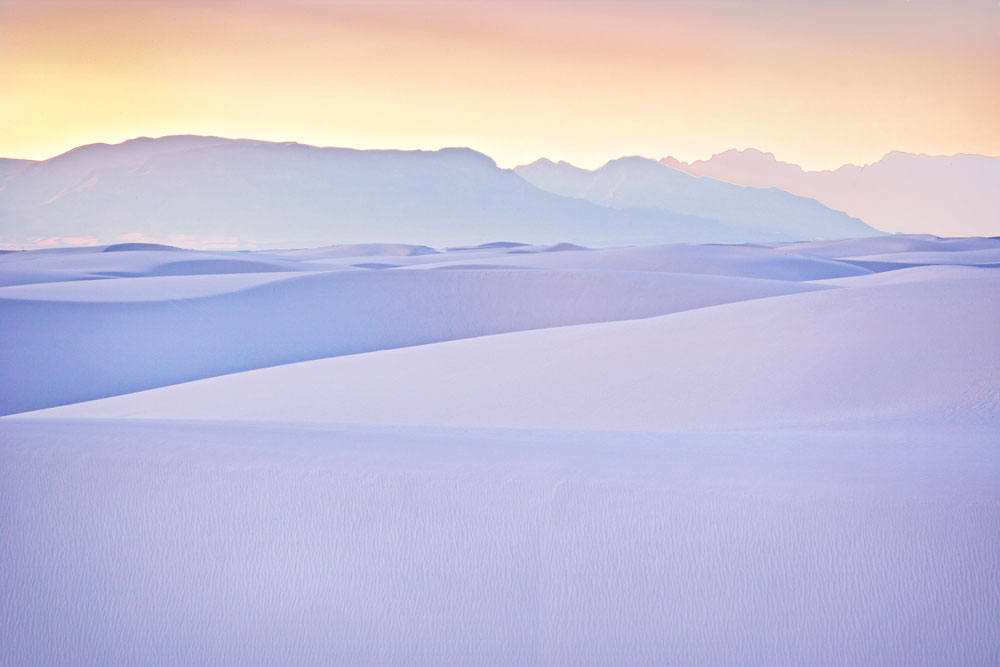
In considering our profoundly deep relationship with nature, It was Thoreau who famously observed:
“Many men go fishing all of their lives without knowing that it is not fish they are after”.
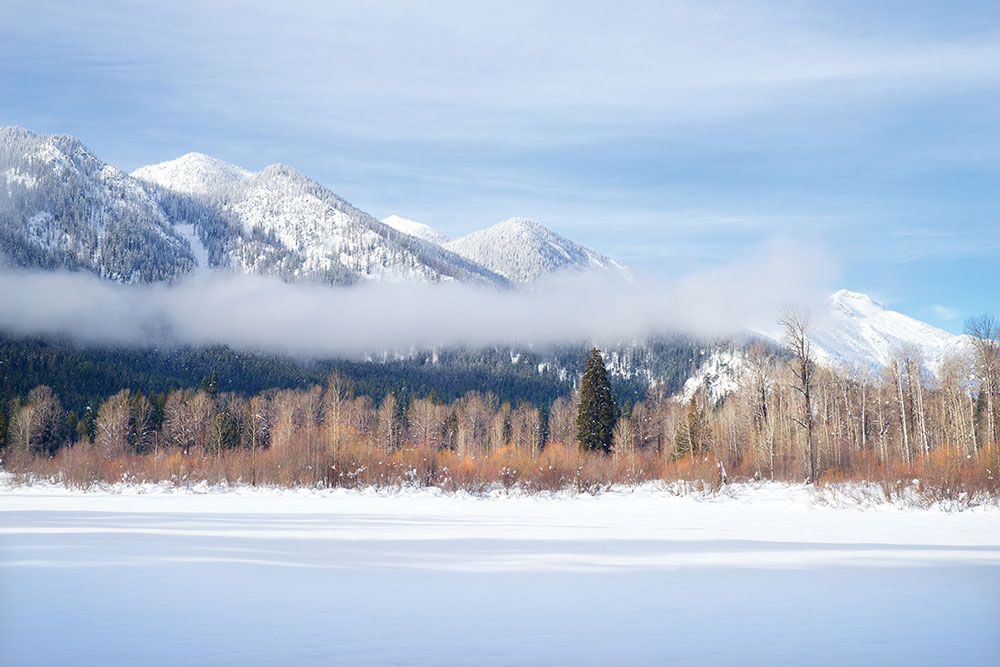
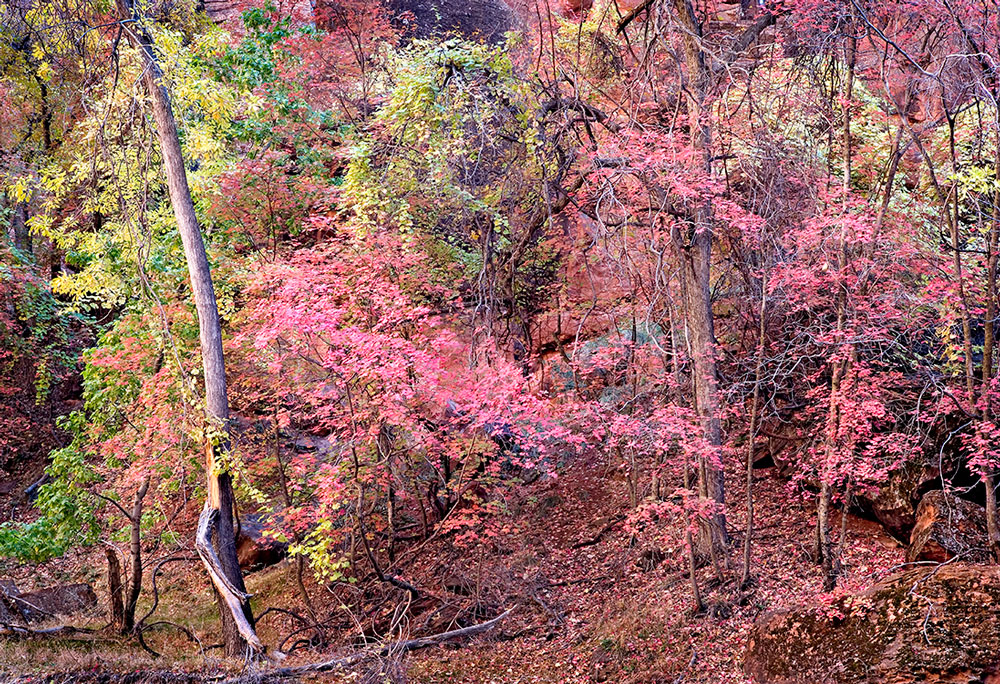
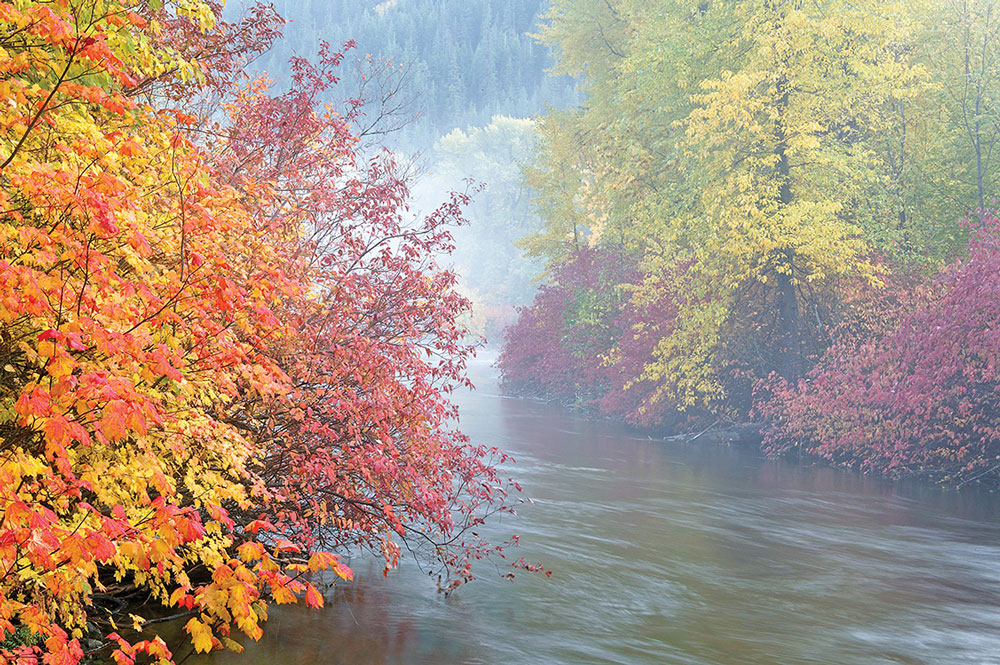
So, why are we so irresistibly drawn to nature and the urge to simply be in its unadulterated midst? Why do we want to hike, even in miserable weather, muddy up to our knees, rain washing down our jackets? Why do we want to capture its essence in the recorded image, spoken of in the written word, or expressed in measures of music, or perhaps revealed in sculpted form? Why do we want to mimic it in the midst of our cities and within the walls of our habitats?
The answer is simple: it is a place where we can connect and intimately experience that which is our very essence. A place, devoid of all sensory distractions of a complex and largely confused civilization, where we can, at last, be, feel, and ultimately know who and what we really are, in those purest of moments between thoughts. Nature and art are healing, because their power and efficacy lie in their direct connection to source … that “ocean in which we swim” . . . the quantum/spiritual field from which all life and events past, present, and future exist. As such, using the healing power of nature is the fundamental principle of what is commonly known as the Japanese practice of “Forest Bathing”. I call my practice of healing in nature: “visual bathing”.
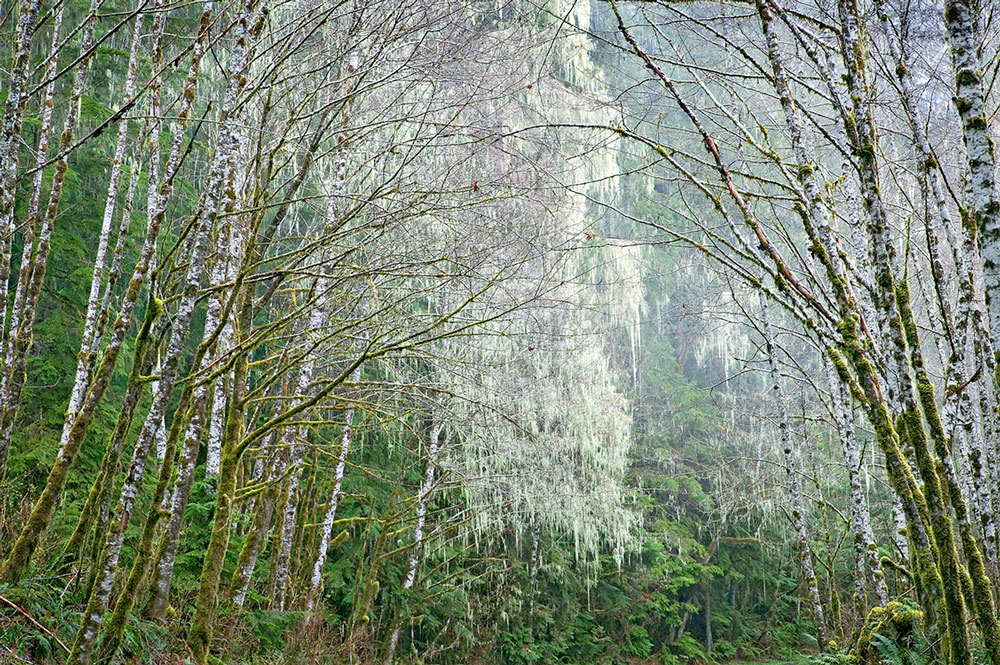
“In healing, the wisdom we acquire becomes our medicine”.
Abner Prior
I like to tell a story of a number of years ago while teaching an all-day photography seminar, an attendee can up to me at lunch and asked: “how can I become a better photographer”. Just before I began to formulate the usual answer that everybody gets … practice, read books, go to seminars like mine.. etc., the jokester in me could not be restrained and I answered: “become a better person”. I let the pregnant silence and bewilderment of her face linger for a few minutes, before adding: “well, o.k., become a more experienced and aware person”. Is it any surprise that with effort, we generally become better and more proficient at just about anything that results from more hours and years we invest in any particular pursuit?
While it’s true and applies to everything in life, mindful awareness in the form of being one with nature in the pursuit of landscape photography represents a uniquely powerful element of creating the image. One cannot be more mindfully aware when one understands that they and the landscape are but one. And when one understands that what flows from within manifests without, it is impossible not to become a better photographer, one whose visual creations reflect a growing personal awareness, and with it a greater maturity and deeper sense of their essence. Oh, and of course, in the process become a better person as well… a classic twofer!
“The eye sees only what the mind is prepared to comprehend”
Robertson Davies
I have my own such practice in the endeavor of creating the image I call: “the walking meditation and the art of mindful awareness”. It is the practice of emptying the mind of all thoughts and concerns that we may have and initially bring with us as we engage in nature and begin to set the camera up for that first shot … what color should we paint the new kitchen? … is Danny going to pass his next algebra exam? … next weekend I’m going to trim that overgrown hedge… etc. It is my experience that in order to connect with source, we must in essence become an empty vessel and allow that connection to be free and open, for this is where all knowledge, ideas, revelations, creativity, and ultimately, higher awareness that leads to higher states of consciousness flow from. And, it is the evolution of our state of consciousness that ultimately manifests in the ever greater expressive power of our created image. This is precisely how “photographers become better”.
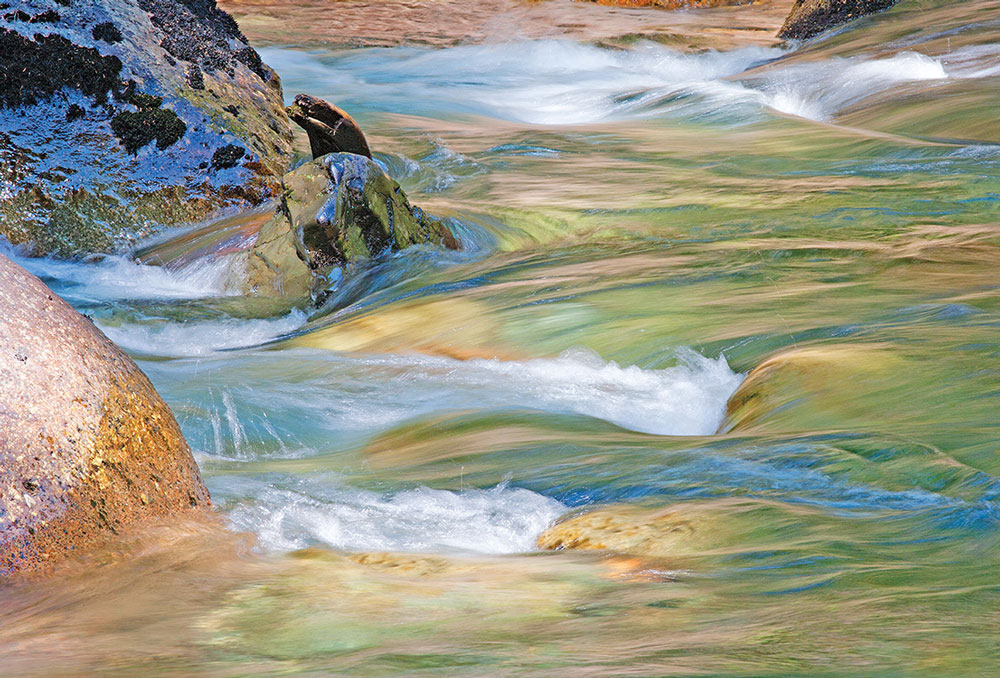
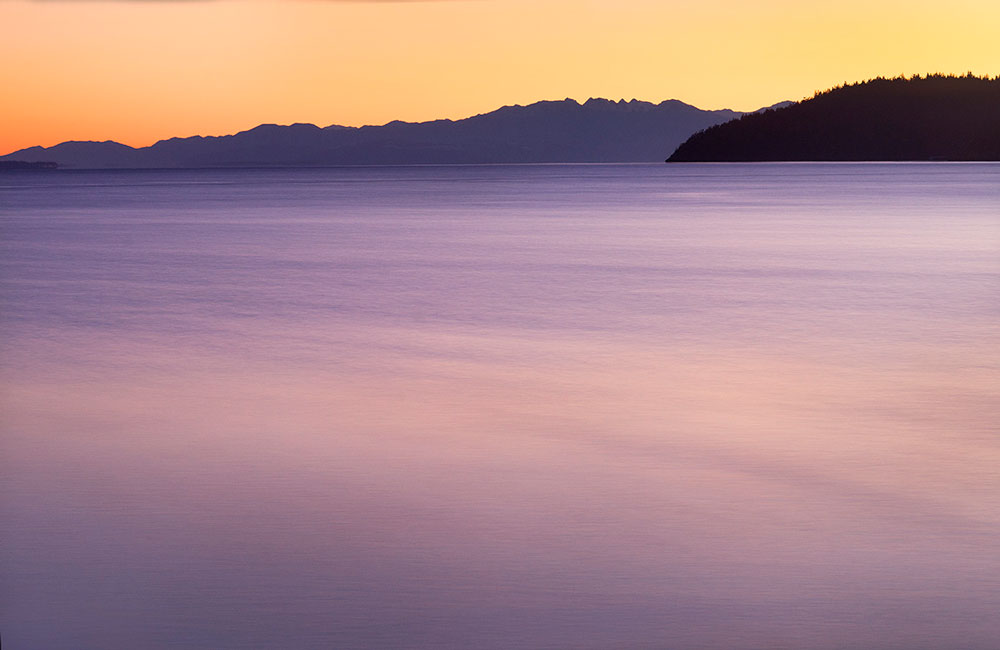
And paraphrasing
And, it is precisely this revelatory awareness in the moments between thoughts that imbue photography with the transformative power of seeing, a power and a gift available to all who would choose to immerse themselves in this higher awakening process.
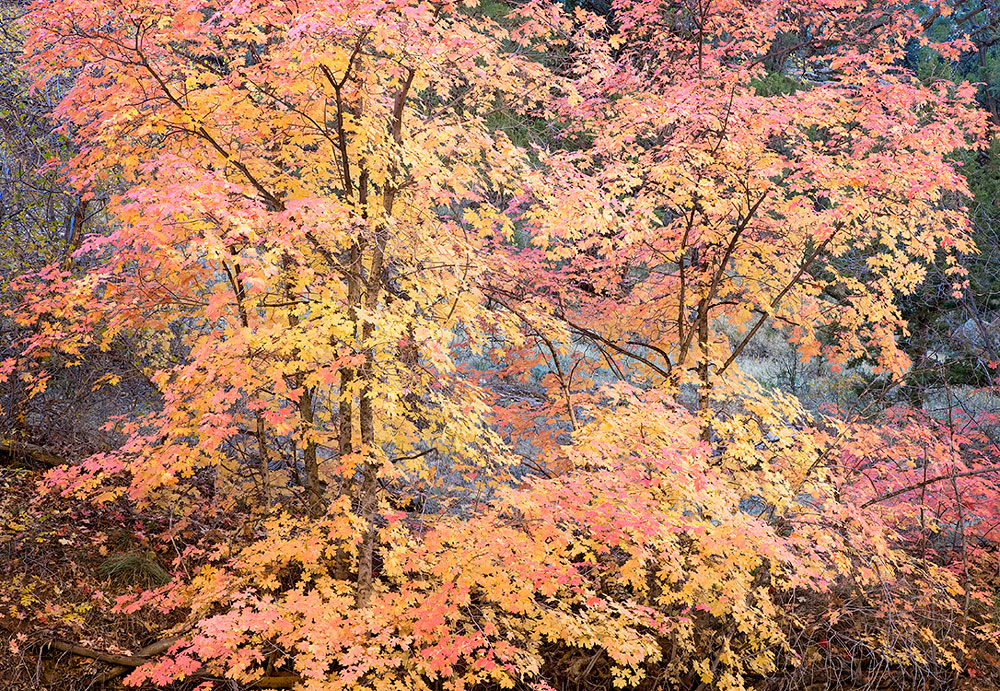
Bruce Heinemann February 13 https://www.theartofnaturegallery.com |
You May Also Enjoy...
LAOS – Off the beaten track
FacebookTweet Focus on the Journey: Ashok Viswanathan takes us through his camera bag and his journey to Laos. LAOS known as “Lao People’s Democratic Republic”
Do Landscapes Need To Be Factual?
FacebookTweet One of the most emotive questions facing landscape photographers today is whether their images should be factual. If you take a photograph in Yosemite,
